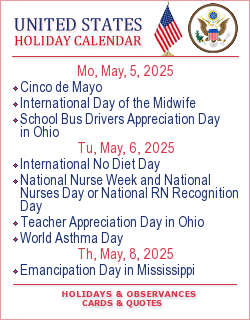Every year, on the third Thursday of November, smokers across the nation take part in the American Cancer Society Great American Smokeout. They may use the date to make a plan to quit, or plan in advance and then quit smoking that day. The Great American Smokeout event challenges people to stop using tobacco and helps people know about the many tools they can use to help them quit and stay quit.
In many towns and communities, local volunteers use this event to publicize the need to quit, and press for laws that control tobacco use and discourage teens from starting, and support people who want to quit.
The Smokeout event has helped dramatically change Americans’ attitudes about smoking. These changes have led to community programs and smoke-free laws that are now saving lives in many states. Annual Great American Smokeout events began in the 1970s, when smoking and secondhand smoke were commonplace.
The idea for the Great American Smokeout grew from a 1970 event in Randolph, Massachusetts, at which Arthur P. Mullaney asked people to give up cigarettes for a day and donate the money they would have spent on cigarettes to a high school scholarship fund. Nearly 1 million California smokers quit on the first Great American Smokeout day. Then in 1974, Lynn R. Smith, editor of the Monticello Times in Minnesota, spearheaded the state’s first D-Day, or Don’t Smoke Day.
The idea caught on, and on November 18, 1976, the California Division of the American Cancer Society got nearly 1 million smokers to quit for the day. That California event marked the first Great American Smokeout, and the Society took the program nationwide in 1977. Since then, there have been dramatic changes in the way society views tobacco advertising and tobacco use. Many public places and work areas are now smoke-free – this protects non-smokers and supports smokers who want to quit.
Source: cancer.org
In 2020 Great American Smokeout in USA falls on November 19.







